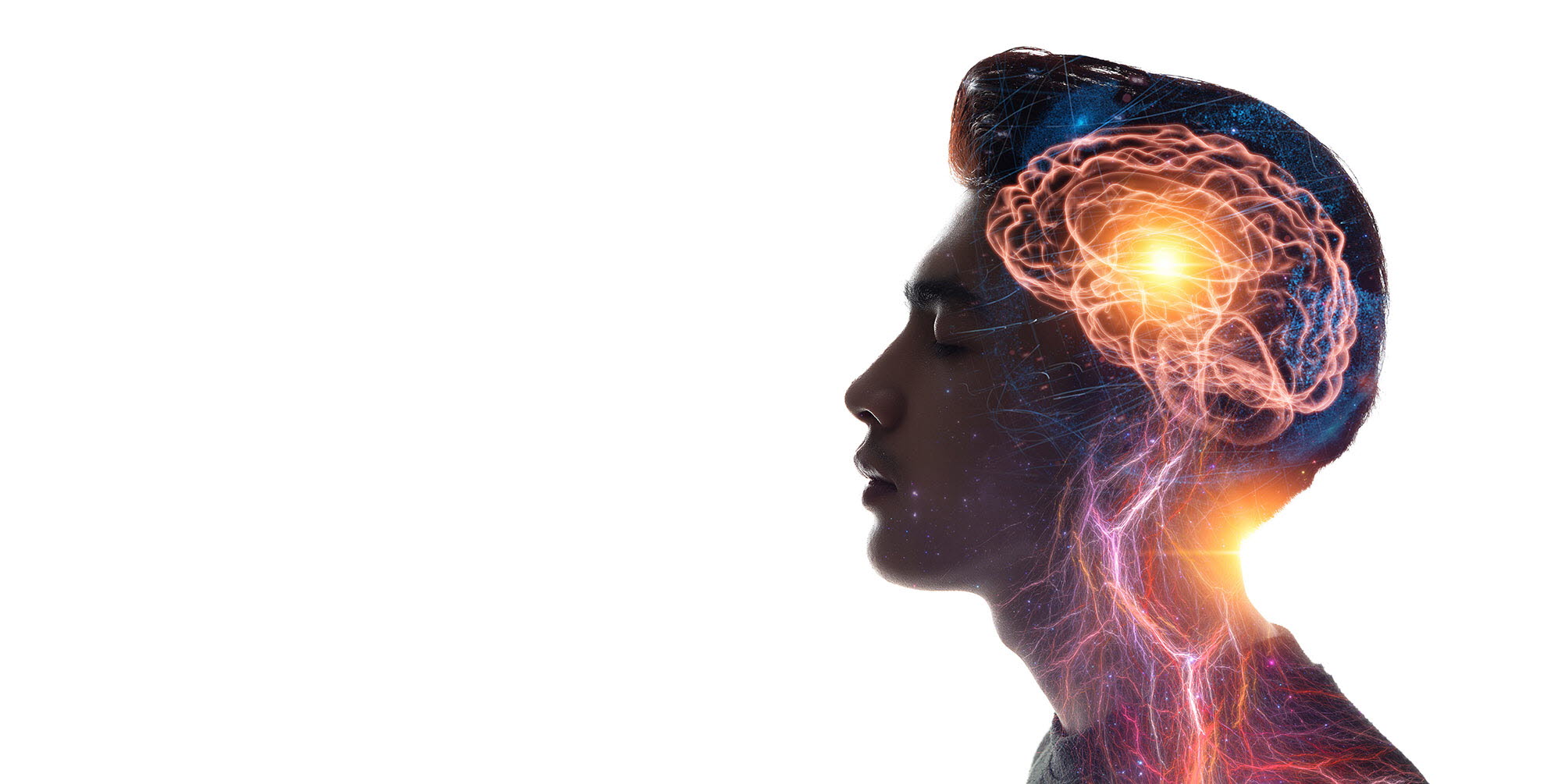Tobii is already known to many of our partners and clients for its quality and long-standing research in the field of eye tracking, making it the obvious choice for expanding our work in VR. Tobii Ocumen comes with packages for Unity 3D and has a clean interface that makes it easy access to the data – a big plus for everyone working on the development end.Julia Kern, Director of Strategic Partnerships, Soma Reality
Customer story
Measuring cognitive load in VR — the power of three
Want to learn how you can use eye tracking and attention computing in your research?
Fill out the form and one of our experts will contact you shortly.
Author
Maggie Ma
Head of Marketing, XR, Tobii
As the head of marketing for the XR segment at Tobii, I get to tell amazing stories about our eye tracking sensor technology and how it is put to good use in VR and AR. I get inspired by the innovations that enhance understanding of ourselves, break the physical and financial barriers, help address incurable diseases, and fuel curiosity to explore new frontiers. It feels great to connect the magic of technology with the need of the users.
Related content
Using VR and eye tracking in healthcare applications
In this first post of our spark series, Tobii's Johan Bouvin talks about the healthcare use case — looking at the convergence of VR and eye tracking, the benefits for healthcare, and some of the tools available to accelerate innovation.
What can eye tracking reveal about cognitive processes?
In this learn article, we will present how eye tracking technology has been used to study cognitive processes and the insights that these studies have generated.
Cognitive performance through decades of life — test, analyze, refine, repeat
Tobii talks with Dr. David Martin, chief scientist at Apeiron Life about cognitive health and how they intend to bring sports research to the masses using the VR application built by REACT Neuro.
